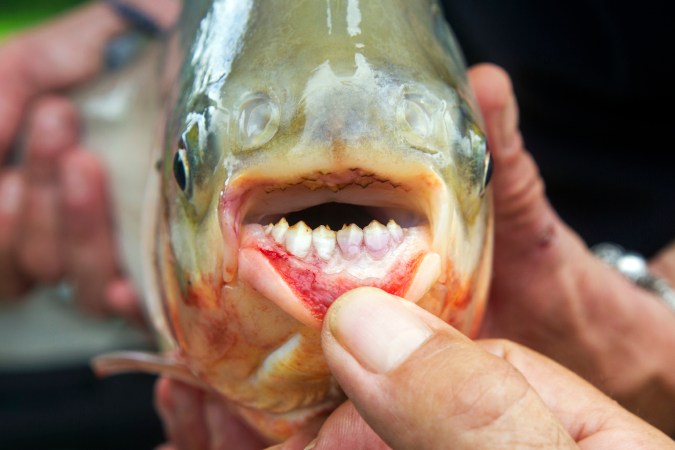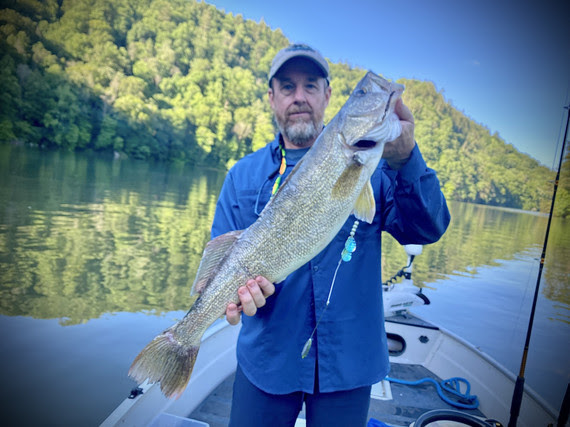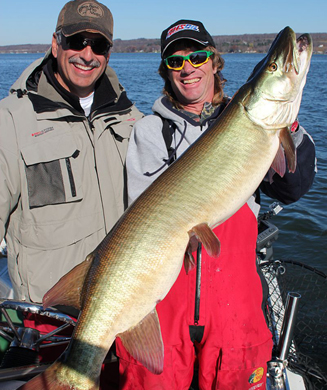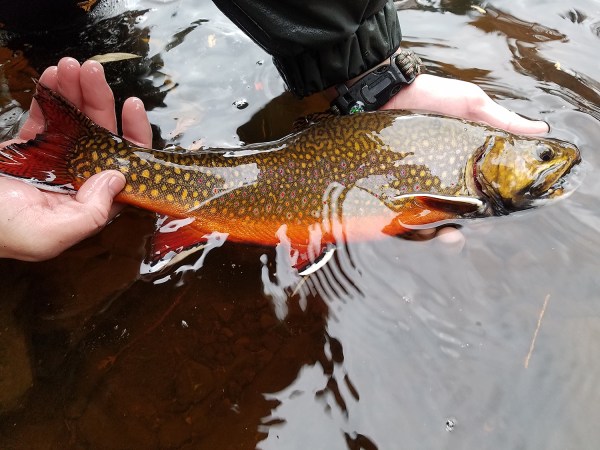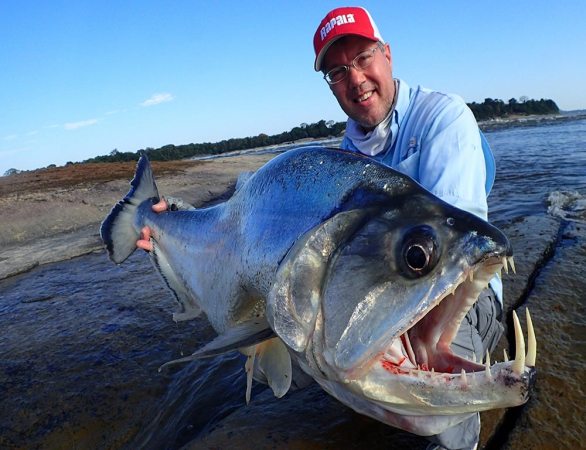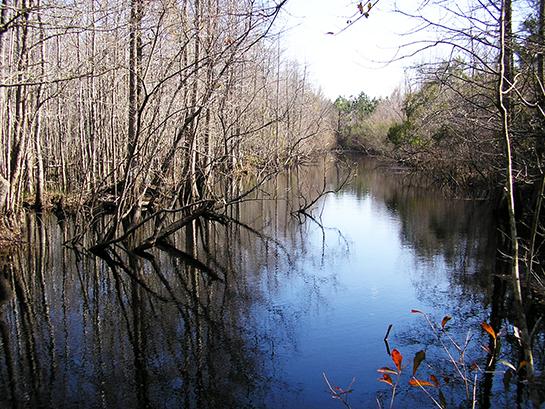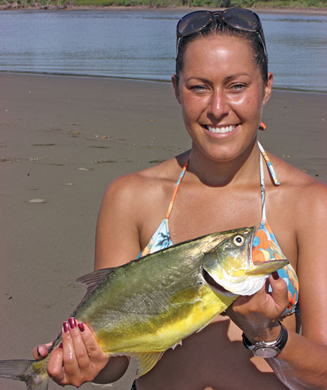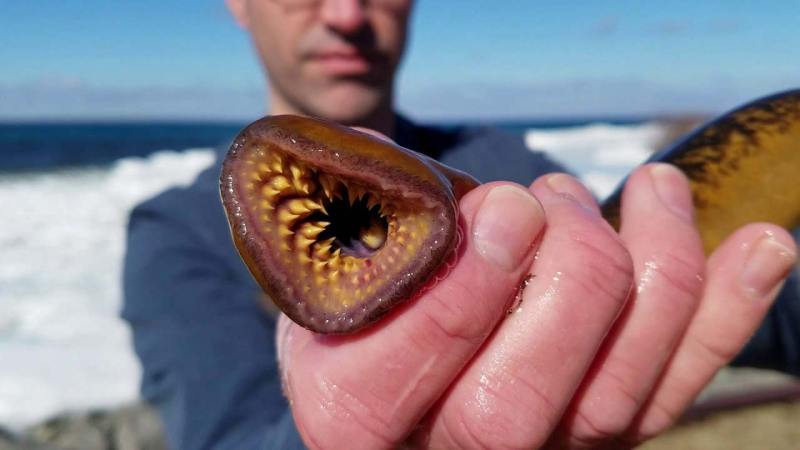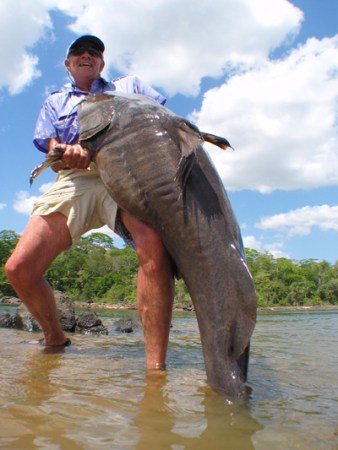On April 2, a teenager from Anderson, S.C. reeled in an exotic fish from Lake Hartwell, one of the westernmost lakes in the state. Fifteen-year-old Drew Patrick was shocked when he saw the piranha-like fish on the end of his line. Officials with the South Carolina Department of Natural Resources would later confirm the species as a red-bellied pacu, a relative of the piranha that’s native to South America.
The 56,000-acre reservoir where Patrick was fishing is part of Lake Hartwell State Park. The lake sits on the South Carolina-Georgia border with inflows from the Tugaloo, Seneca, and Savannah rivers. It is one of the furthest inland waterbodies in South Carolina, which begs the question of how the pacu ended up there. The most likely explanation is that the fish was released illegally, which is what Ross Self of the South Carolina DNR told WYFF News.
“It’s unusual, but not entirely uncommon … This type of fish is periodically caught in Hartwell,” said Self, the chief of freshwater fisheries for the DNR. “This is a popular aquarium species that can outgrow the owner’s aquarium.”

Self points out that releasing pacu into state waters is illegal, but that it’s very difficult to catch any perpetrators or prove them guilty. The exotic species has been present in South Carolina for at least 20 years, with the first recorded pacu catch occurring in Lake Wylie in 2004, according to the United States Geological Survey. Self estimates that a South Carolina angler might hook into a pacu once every three to four years.
Because the aquatic invaders pose a threat to native fish populations, the state encourages anglers to kill any pacu they catch. Patrick went ahead and harvested his pacu, telling reporters that he plans to have the fish mounted in his family’s barn.
All About Pacu
A close cousin of the piranha, red-bellied pacu are native to the same region of South America. Their native range includes the Amazon, São Francisco, and Orinoco rivers. They can also be found in some streams in the Guianas.
Although they look a lot like their carnivorous cousins, pacu have different jaws and strange, human-like teeth. This is because, like humans, the fish are actually omnivores. Their flat teeth are made for crushing vegetation, bugs, fruits, and nuts that fall into the water from overhanging trees in South American river channels.
Read Next: Florida Has Become the Budget-Friendly Amazon for Anglers
Anglers in other states have come across pacu as well. In September 2022, a south Florida man caught one in a neighborhood pond. A New Jersey man also caught one in Swedes Lake in June 2015, which prompted concerns about whether recreators in the popular lake were at risk of being bitten. These concerns stemmed from rumors that circulated in 2011 regarding two men from Papua New Guinea who had their genitalia bitten off by pacu. Details from that anecdotal incident were scarce, however, and the rumors have since been de-bunked.
“I’ve been explaining to people that the fish is designed to eat fruits and nuts that are dropped into the river. That’s why it has human-like teeth,” Larry Hajna of the New Jersey Department of Environmental Protection told APP News in 2015. “Stories that it eats certain parts of the male anatomy are greatly exaggerated.”


